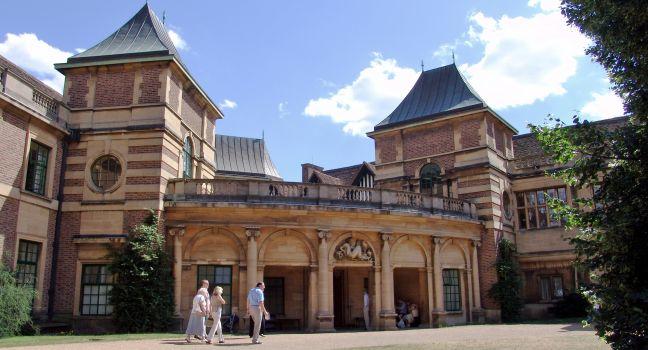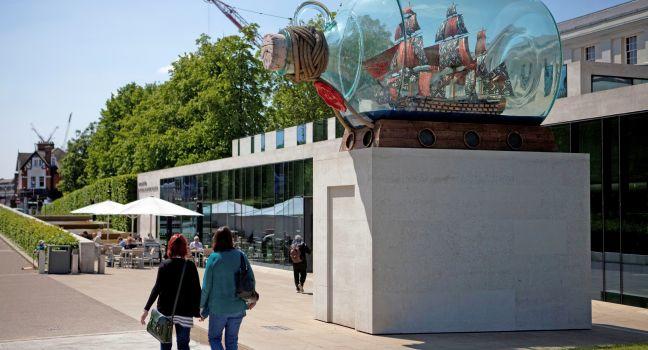Cutty Sark

This sleek, romantic clipper was built in 1869, one among a vast fleet of tall-masted wooden ships that plied the oceanic highways of the 19th century, trading in exotic commodities—in this case, tea. Cutty Sark (named after a racy witch in a Robert Burns poem) was the fastest in the fleet, sailing the London–China route in 1871 in only 107 days. The clipper has been preserved in dry dock as a museum ship since the 1950s, but was severely damaged in a devastating fire in 2007.
Yet up from the ashes, as the song goes, grow the roses of success: after a major restoration project, the visitor facilities are now better than ever. Not only can you tour the ship in its entirety, but the glittering visitor center (which the ship now rests directly above) allows you to view the hull from below. There's plenty to see here, and the cramped quarters form a fantastic time capsule to walk around in—this boat was never too comfortable for the 28-strong crew (as you'll see). Don't miss the amusing collection of figureheads. The ship also hosts comedy, cabaret, and theater shows. More adventurous visitors can get an entirely different perspective on the ship via the rig-climbing experience.





